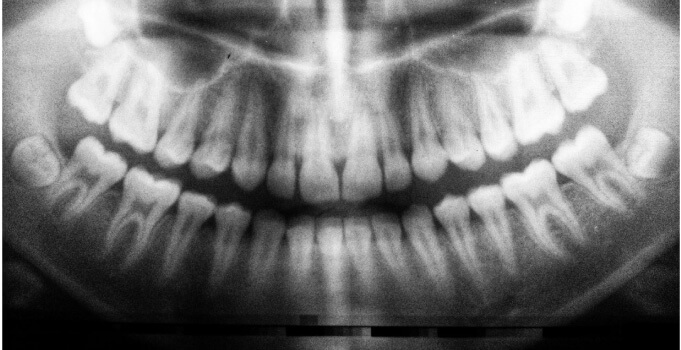
If you’ve visited Paris Mountain Dental lately, our team has probably taken a set of dental X-rays as part of your exam. Often, our patients wonder why we need to X-ray teeth—since after all, your teeth are visible and easy to see. Today, we want to explain why dental X-rays are such an important tool for Dr. Ghimire and our team when it comes to diagnosing and treating a variety of dental issues.
Why Do We Need Dental X-Rays?
Even when we use mirrors, lights, and cameras to get a good look at your teeth, we still can’t see everything! X-rays help us view damage and decay to your teeth and jawbone that are not visible to the naked eye. They can even help us diagnose cavities that we would not be able to catch otherwise!
The Different Types of X-Rays for Teeth
Just like an X-ray of a broken bone, we use different types of X-rays from different vantage points to build a full picture of your oral health. The most common types of X-rays we use are bitewing, periapical, and panoramic. Bitewing X-rays capture both your upper and lower teeth as you bite down and are a great way for us to spot any decay between your teeth and make sure that your alignment is good. Periapical X-rays provide us with a comprehensive image of an individual tooth from root to crown that shows us any potential issues with root structure, bone level, cysts, or abscesses. Panoramic X-rays show your entire mouth and help us make sure that your teeth are developing correctly.
Are Teeth X-Rays Safe?
While any X-ray exposes you to radiation, dental X-rays contain an extremely low dose. In fact, the level of radiation you receive from a dental X-ray is about the same as during a short airplane flight.





